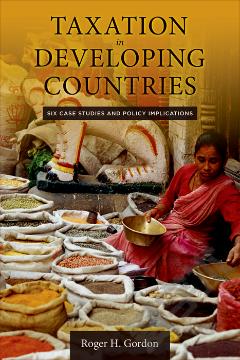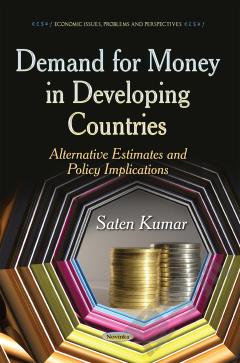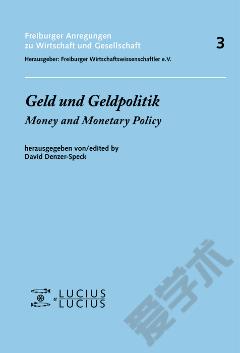Fiscal and Monetary Policies and Problems in Developing Countries
This book is concerned with the use of fiscal and monetary policies to overcome three major obstacles to development commonly faced by less developed countries: inadequate investment; misallocation of investment resources; and internal and external imbalances i.e. inflation and balance of payments deficits. The book is divided into six chapters the first two of which are devoted to the definition of concepts and to an explanation of the Keynesian model of income determination and of Kalecki's model of financing investment, within the framework of which the role of fiscal and monetary measures and of foreign capital is later examined. Chapters 3 and 4 discuss the role of fiscal measures and of foreign capital, respectively, in promoting domestic investment. Chapter 5 examines the use of both fiscal and monetary instruments, including industrial and agricultural development banks, to influence the pattern of investment. The last chapter is devoted to the problems of internal and external imbalances. The author examines policies pursued by a representative sample of developing countries and concludes that most of them fail adequately to exploit the potential of fiscal and monetary instruments and of foreign capital to overcome the three sets of obstacles to development largely bacause of institutonal (socio-political) constraints. The approach to inflation and balance of payments difficulties followed in the book differs significantly from that of monetarists, notably the Chicago school and the IMF, whose basic propositions are reviewed and critically examined in some detail in Chapters 2 and 6. Although the primary focus of the book is on developing economies, this part of it is also relevant to industrial countries.
{{comment.content}}








 京公网安备 11010802027623号
京公网安备 11010802027623号